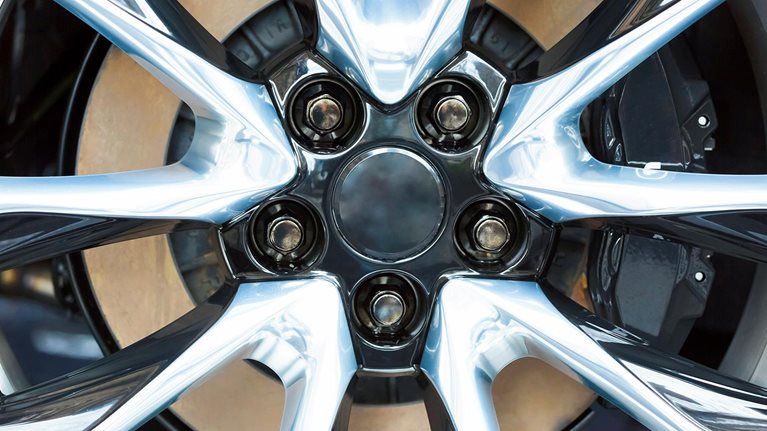The automotive industry has a reputation for counting pennies, with one glaring exception: incentives. Rebates and incentives may be the most undermanaged expense category in an industry known for fretting over everything from the cost of reusable containers to that of lost kanban cards. What’s more, the value at stake is substantial. An automaker usually spends about 10 to 20 percent of its revenues on incentives—for a $50 billion company, that’s $5 billion to $10 billion (Exhibit 1).

Climbing incentives
Never trivial, spending on incentives has grown to record levels (Exhibit 2). For example, Germany’s rebate index climbed 54 percent between 2010 and 2017, while the relative incentive spending per unit in the United States climbed seven to eight percentage points during the same period (based on data from the Center of Automotive Research).

Prevailing trends, such as partially stagnating Western markets, discounting, and increased price transparency, suggest that incentive spending will continue to grow. Drivers include the following:
- Product. Average product life cycles declined to 91 months, from 130 months, between 2000 and 2017, compelling automakers to boost incentives to clear out end-of-life-cycle vehicles more often. In Europe, ongoing discussion about the future of diesel has cut into sales, necessitating higher incentives.
- Channel. Increases in fleet and rental businesses in markets such as the United Kingdom result in greater fleet discounts, and the emergence of new online players boosts price transparency and competition.
- Competition. With more than ten mainly low-cost automakers (for example, Chinese players) expected to enter core markets over the next six years, OEMs will see increasing price pressure. Core markets continue to stagnate, with some expecting negative growth through 2024, thus requiring automakers to offer higher incentives just to maintain market share.
As these trends unfold, complexity is increasing (Exhibit 3). Take the US market, for example: automakers continue the practice of making key monthly changes to dealer incentive plans and customer offers with varying eligibility requirements, further complicating things. One dealer we talked to noted 57 different programs and complained that its managers spent more time understanding these programs than they did focusing on customer sales and service. Other elements contributing to complexity include the proliferation of vehicle models and options and an increase in dynamic, tactical promotions, as opposed to marketing spending focused on brand building.

When mistakes happen or circumstances change—and they often do—companies typically attempt short-term fixes using tactical incentive spending to close critical gaps and to ensure sales while machines continue to run. This spending often lacks transparency and even the basic management techniques.
Optimizing incentive spending
Optimizing incentive spending in automotive requires transparency at the customer-order level and dynamic data updates to facilitate robust management of incentive campaigns.
Would you like to learn more about the McKinsey Center for Future Mobility?
The following seven “rules” can help to optimize incentive spend:
- Steer incentive spend based on facts, not just experience; for instance, seek a granular view (at the level of the vehicle identification number, or VIN) and manage the dispersion of incentive spend (across dealers, models, and regions, for example).
- Keep incentive spend structures simple: define a clear taxonomy with a limited number of campaigns.
- Define incentive guidelines to foster upselling.
- Build a digital/IT environment to run automated analyses and intelligent reporting cockpits to support interventions.
- Build incentive spend management capabilities in target markets and shift the organization toward making this a signature element.
- Build a management alliance to solve the inherent conflict between incentive spending and volume.
- Become more customer-centric in the way you set your incentives—for example, consider and understand the amount of dealer incentives passed on to the customer.
Operating based on these seven rules will require the right capabilities at both the headquarters and at the country or regional level. However, it is also an opportunity to transform the organization, enabling it to set consistent spending guidelines and to adopt a data-driven decision-making process to optimize incentive campaigns.
The impact is driven by operationally steering the level of the incentive (for example, incentive amount along models, engines, or grades to promote upselling), the design (for example, an in-kind benefit or finance support versus a pure cash rebate), the mix between the channels (such as setting a discount grid for corporate sales, thereby fostering discount rigidity), and the link to key performance indicators (for instance, incentives versus dealer performance). Furthermore, measures to strengthen the brand—for example, shifting away from short-term incentives towards marketing spend—could unleash additional potential.

Subscribe to the Shortlist
McKinsey’s new weekly newsletter, featuring must-read content on a range of topics, every Friday
Such an approach should integrate all relevant VIN data and include dynamic updates. Preconfigured, customizable analyses can aid rapid visualization and uncover hidden insights. These analyses focus on model, grade, trim, and version-level incentive spend, customer discounts, and dealer and manufacturer profitability. This approach also makes regional, dealer group, and dealer-level performance tracking possible, helping users understand the sources of any performance disparity. Likewise, stock-level promotion analysis can identify which incentive types can effectively drive volume as units age. Channel-level performance indicators can involve retail, fleet, and government customers. Exhibit 4 shows some example analyses. The approach enables OEMs to deploy best-practice interventions to address gaps and track them to ensure they produce the desired impact. Ultimately, the overall transformational approach can help companies change their DNA.

The battle for sales at the automotive dealership level will intensify, compelling automakers to increase their incentive spending. This fact of life, however, doesn’t mean OEMs need to continue to throw good money after bad to maintain their market positions. Instead, the new approach can deliver substantial savings while making an OEM more competitive by providing more tailored, customer-specific pricing and offerings.


